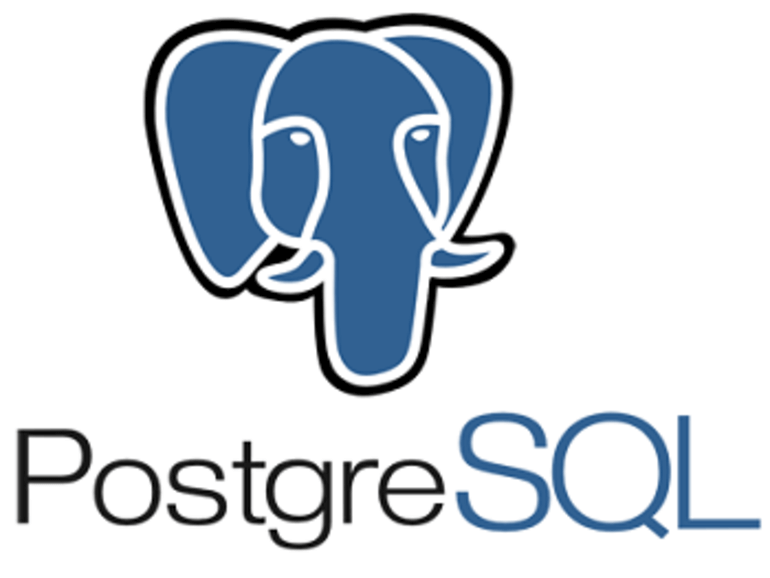

Ideal for analytical queries and efficient data compression. Think LinkedIn network analysis with Neo4j or AWS Neptune.ħ️⃣ 𝗖𝗼𝗹𝘂𝗺𝗻𝗮𝗿 𝗗𝗮𝘁𝗮𝗯𝗮𝘀𝗲𝘀 📊: These databases store data by columns, not rows. MySQL, Oracle, and Microsoft SQL Server are stalwarts in this space.Ħ️⃣ 𝗚𝗿𝗮𝗽𝗵 𝗗𝗮𝘁𝗮𝗯𝗮𝘀𝗲𝘀 🕸️: The social network of databases! They're champions in delivering deep insights about connections. Key players include CockroachDB, VoltDB, and NuoDB.ĥ️⃣ 𝗦𝗤𝗟 (𝗥𝗗𝗕𝗠𝗦) 🏛️: The classical choice! SQL databases store structured data in tables and support powerful queries. They're the backbone of blockchain technologies, with Apache HBase being a notable example.Ĥ️⃣ 𝗡𝗲𝘄𝗦𝗤𝗟 🔄: It's the perfect blend of NoSQL scalability with SQL's reliability. They're the powerhouse behind Google Maps and Uber!ģ️⃣ 𝗟𝗲𝗱𝗴𝗲𝗿 𝗗𝗮𝘁𝗮𝗯𝗮𝘀𝗲𝘀 📚: These databases stand for transparency and immutability. Storing and retrieving data becomes a cakewalk! Examples: Amazon QLDB, Redis, AWS DynamoDB.Ģ️⃣ 𝗦𝗽𝗮𝘁𝗶𝗮𝗹 𝗗𝗮𝘁𝗮𝗯𝗮𝘀𝗲𝘀 🌍: Geography and technology entwine! These databases store geographic data (like coordinates for landmarks or cities).

This year, let's turbocharge our tech acumen by exploring these 10 types of databases that are shaping the digital landscape !ġ️⃣ 𝗞𝗲𝘆-𝗩𝗮𝗹𝘂𝗲 𝗗𝗮𝘁𝗮𝗯𝗮𝘀𝗲𝘀 🗝️: Picture a colossal locker room. In contrast, Postgres with a spatial index is fast for any number of points.10 Types of Databases You Must Know in 2023 I have seen acceptable interactive performance for 100k points, with performance dropping off after that. On the other hand, it can do bounding box comparisons to eliminate many geometries quite quickly.
#POSTGRESQL VS MYSQL FOR SPATIAL DATA FULL#
If you pick an engine that does not support spatial indexes, MySQL is forced to do a full table scan, which takes O(N) time.

It really depends on how many businesses you're searching for. Postgres is also a quite mature and widely used relational database these days. If you use Postgres, you can have both referential integrity and fast spatial lookups. So if you pick MySQL, you need to choose between referential integrity and fast spatial lookups. Note that foriegn key constraints are not compatible with MyISAM, which is the only MySQL database engine which supports spatial indexes. (MySQL is a well tested database for years and most of my data is relational, so I was planning to use MySQL or Microsoft SQL Server) Almost every time MySQL is mentioned on that page, it is to describe a feature that it does not support, but that Postgres does. However, there is a long list of features which Postgres supports and MySQL doesn't. It's not that MySQL doesn't support spatial data. The reason why they suggest using Postgres is that it has better support for spatial data. Would there be any processing disadvantages in context to algorithms used to compute nearby businesses if I choose to go with MySQL, how would it make my system slow? ( MySQL is a well tested database for years and most of my data is relational, so I was planning to use MySQL or Microsoft SQL Server) I was wondering what are the specific advantages of using PostgreSQL over MySQL in context to computing and fetching the location related fields.


 0 kommentar(er)
0 kommentar(er)
